Indonesia conjures images of perfect waves and surf competitions, yet the archipelago offers profound tranquility for those seeking quiet reflection rather than adrenaline. Beyond Bali’s famous breaks and beach parties lie islands and regions where stillness becomes the primary attraction rather than an afterthought.
Here is a list of 15 destinations across Indonesia where contemplation replaces competition, and the journey inward proves as compelling as the physical landscape.
The Forgotten Islands of Maluku

These remote eastern islands remain largely overlooked despite their historical importance in the spice trade that once shaped world economies. The Banda Islands feature colonial architecture slowly being reclaimed by tropical vegetation, creating scenes where history and nature achieve perfect balance.
Waterfront paths trace coastlines where clove and nutmeg trees grow within sight of transparent waters that rarely see surfboards. The absence of tourism infrastructure preserves daily rhythms unchanged for generations—morning fish markets, afternoon siestas, and evenings marked by calls to prayer rather instead of entertainment schedules.
Lake Toba’s Island Within an Island
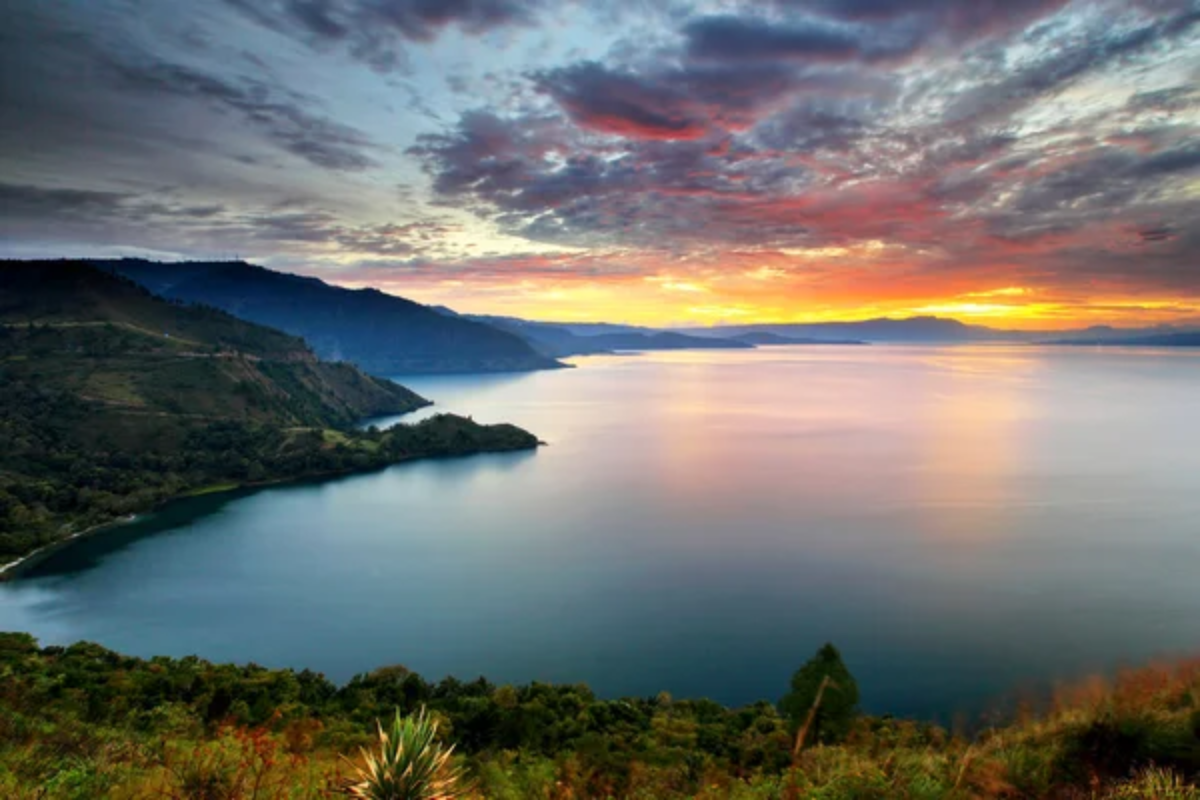
Samosir Island rises from the center of the world’s largest volcanic lake, creating an unusual double-island experience in northern Sumatra. Traditional Batak houses with distinctive boat-shaped roofs dot shorelines where lake waters lap against grassy banks rather than sandy beaches. Rice terraces climb gentle slopes above the lake, creating agricultural landscapes that change colors with planting cycles.
The combination of high elevation and a large water body creates a microclimate with comfortable temperatures and afternoon mists that soften the tropical light.
Like Travel Pug’s content? Follow us on MSN.
The Tea Plantations of Bogor

Just outside Jakarta’s urban sprawl, highland tea estates offer an immediate escape from city intensity without requiring domestic flights or long journeys. Colonial-era plantations maintain working operations where harvesting and processing continue using methods established centuries ago. Morning mist clings to geometric patterns of tea bushes stretching across slopes and valleys in ordered rows.
Estate guesthouses, originally built for plantation managers, provide accommodation where windows frame views of workers moving through green corridors with picking baskets balanced on heads or backs.
Belitung’s Granite Seascapes
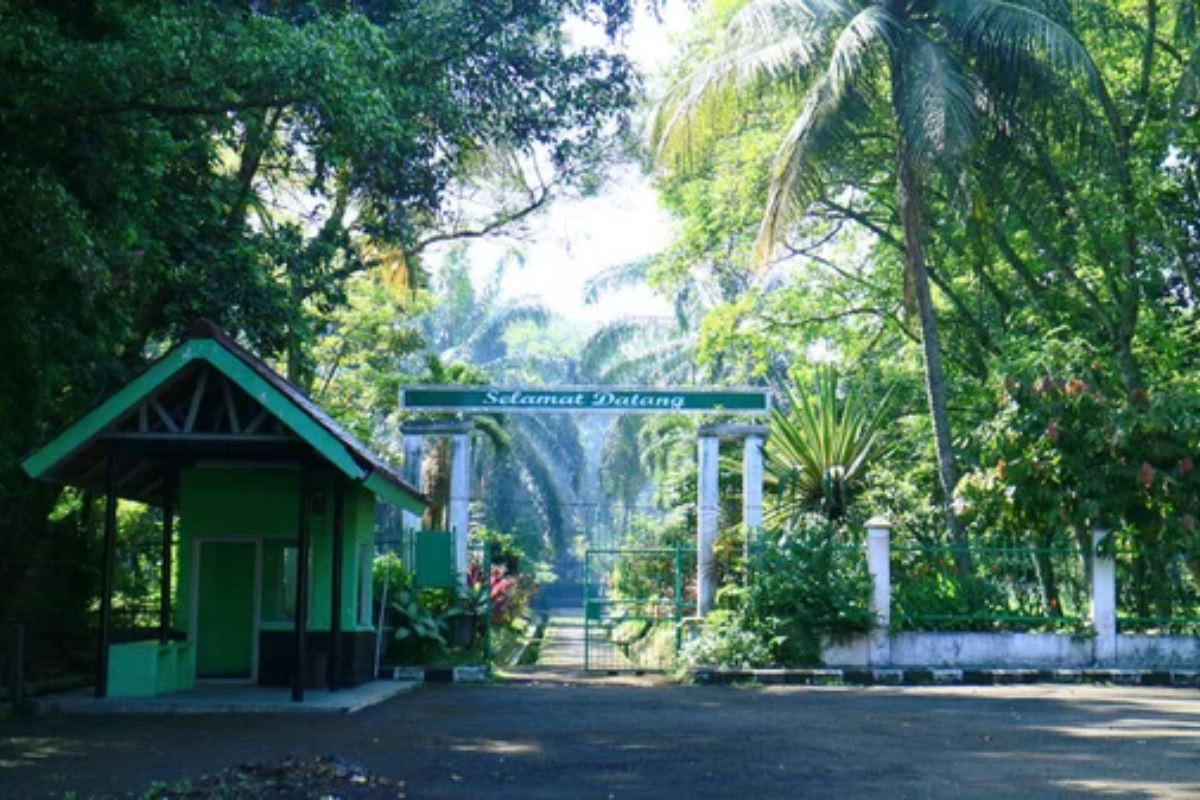
This island between Sumatra and Borneo features white sand beaches punctuated by sculptural granite formations rising from clear waters. Unlike Indonesia’s famous surf destinations, Belitung’s protected coves remain calm enough for kayaking between rock formations that create natural labyrinths. The island inspired the novel “Rainbow Troops,” which examines education and opportunity through the story of local schoolchildren.
Fishing villages operate at a measured pace dictated by tides rather than tourism schedules, with boats painted in bright colors that stand out against the blue and white landscape.
Mount Bromo’s Sea of Sand

The iconic volcano sits within a massive caldera where fine volcanic ash creates an otherworldly plain surrounding the active cone. While sunrise viewpoints attract crowds, the vast caldera floor remains largely empty throughout the day, as most visitors depart after the morning light fades. Walking across the ash plain feels like traversing an alien landscape, where ordinary perspectives shift in the absence of familiar reference points.
The Hindu Tengger people maintain temples and ceremonies within sight of the active crater, demonstrating spiritual adaptations to a volatile geography.
Like Travel Pug’s content? Follow us on MSN.
Manado’s Meditation Retreats

North Sulawesi’s highland region hosts spiritual centers that blend local traditions with contemporary wellness practices in volcanic settings. Retreats utilize natural hot springs and volcanic mud treatments as physical complements to meditation programs that draw from both Eastern and Western traditions.
The highland climate provides comfortable temperatures for outdoor practices like tai chi and yoga without requiring air conditioning or heating. Programs emphasize connecting with natural elements through activities like predawn walks through cloud forests or evening meditations beside highland lakes.
Flores’ Traditional Villages
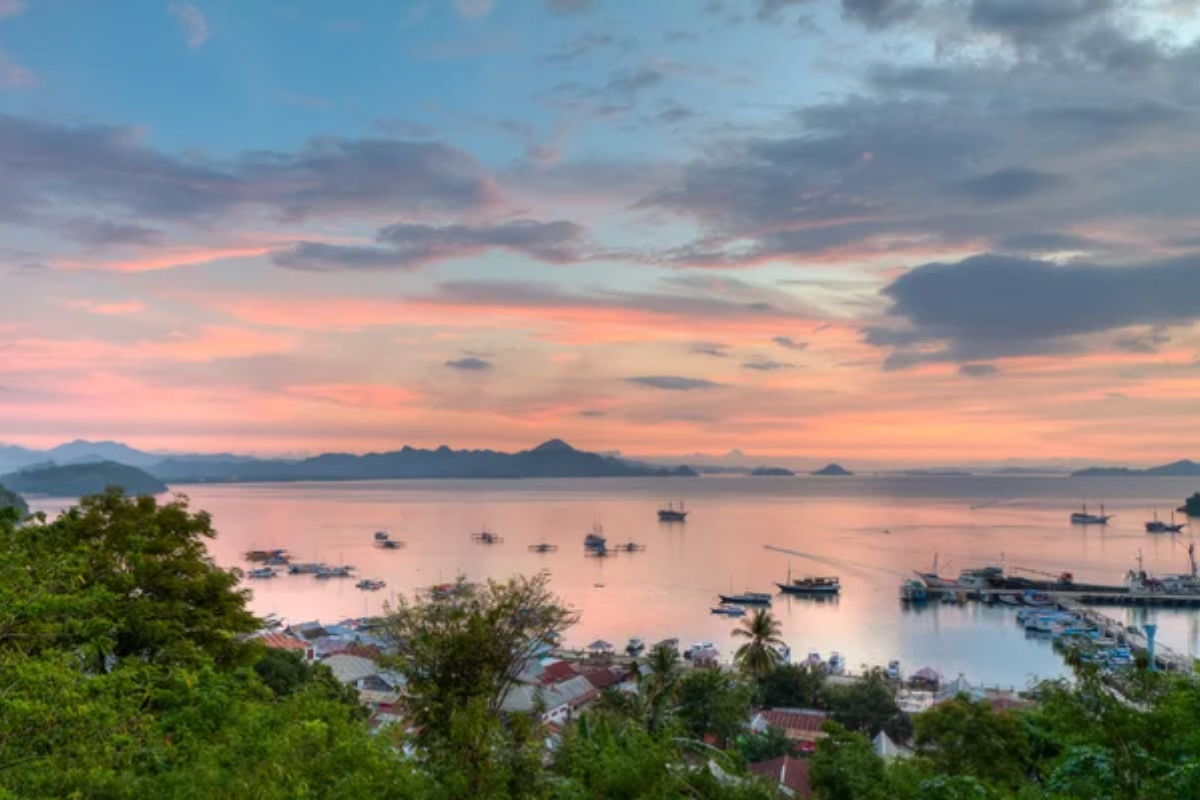
The island east of Bali maintains traditional architectural styles and social structures despite growing interest from international travelers. Ngada region villages feature megalithic monuments and traditional houses with distinctive pointed roofs arranged around ceremonial spaces.
Community life continues according to agricultural and ceremonial calendars rather than tourism seasons, with ritual animal sacrifices and harvest festivals occurring regardless of visitor presence. Village paths wind between family compounds where everyday activities—corn drying, textile weaving, tool repair—proceed with methodical focus.
Raja Ampat’s Hidden Lagoons
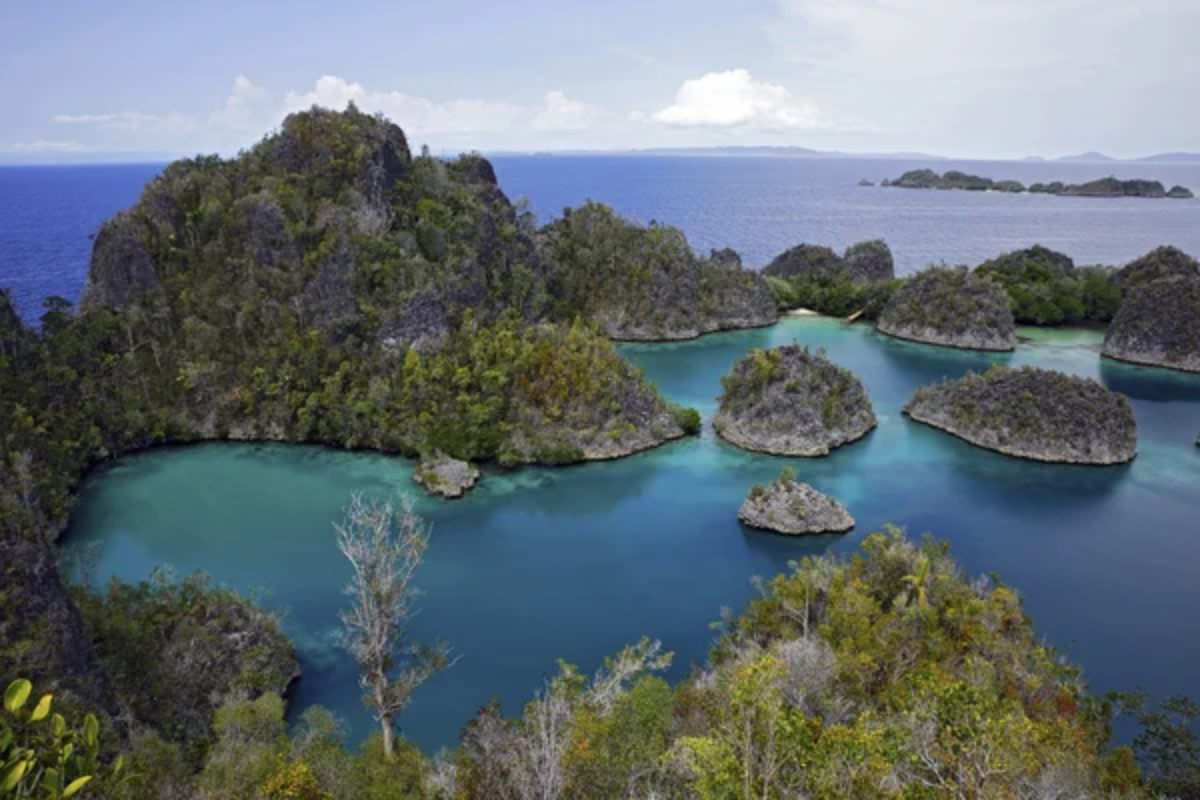
While famous for spectacular diving, this archipelago offers extraordinary surface experiences for non-divers seeking tranquility among karst formations. Limestone islands create hidden lagoons accessible only through narrow channels that open into protected waters of impossible blue.
Local homestays built on stilts above shallow waters provide accommodation where the soundtrack becomes water lapping against wooden posts and distant birds calling from jungle canopies. Days unfold according to tidal rhythms rather than scheduled activities, with meals featuring fish caught that same morning, prepared in simple island styles.
Like Travel Pug’s content? Follow us on MSN.
West Bali National Park
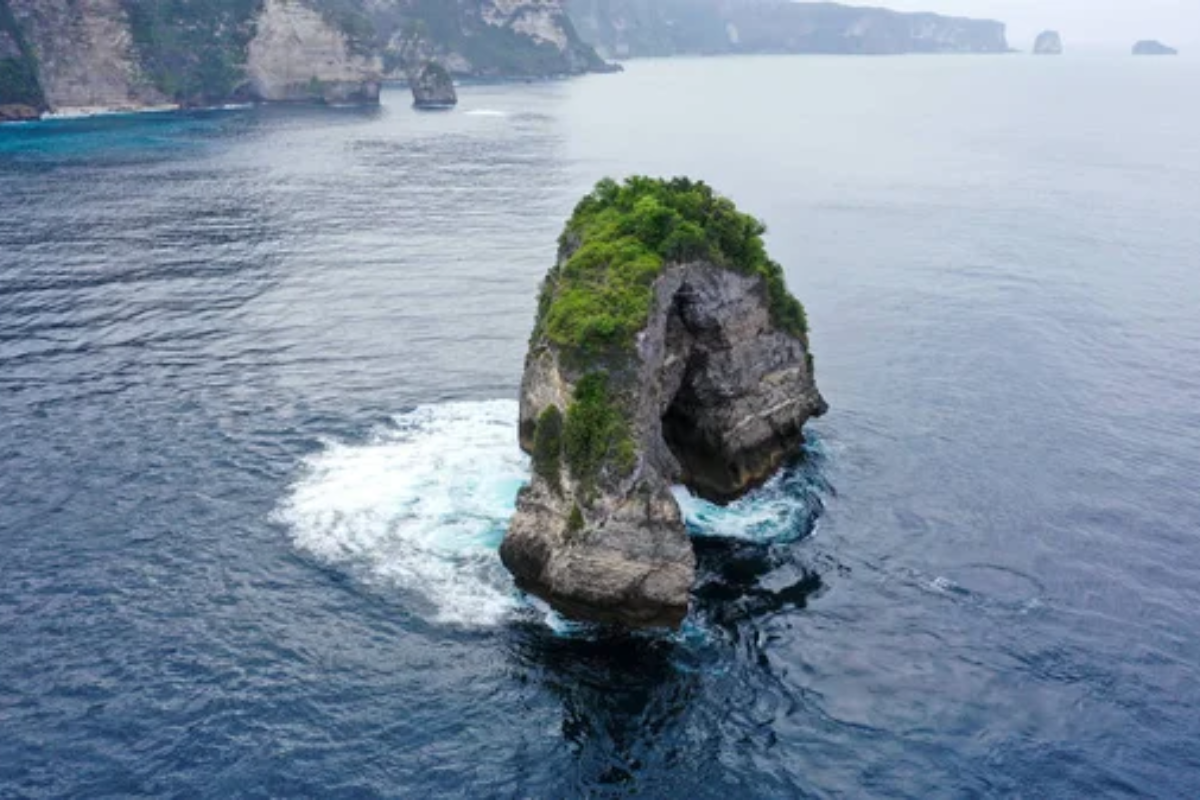
The island’s northwestern corner preserves ecosystems that have disappeared elsewhere during Bali’s tourism development boom of recent decades. Monsoon forest and savanna environments support wildlife, including the endangered Bali starling, creating a habitat unlike the rice terraces and beaches dominating tourism imagery.
The park borders Menjangan Island, where quiet beaches and modest temple complexes attract spiritual pilgrims rather than party crowds. Accommodation options emphasize environmental integration rather than luxury amenities, with electricity often limited to evening hours.
Yogyakarta’s Meditation Centers
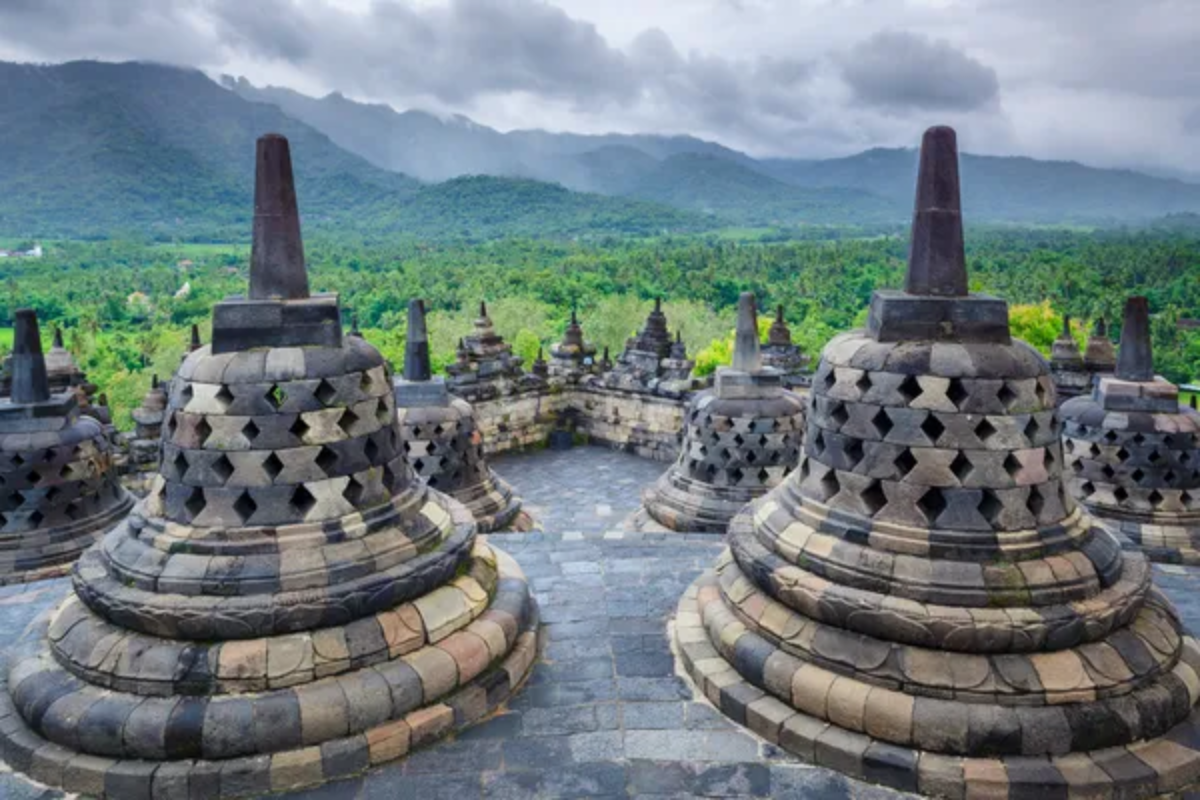
The cultural capital of Java hosts traditional meditation schools maintaining practices developed over centuries in Indonesia’s spiritual traditions. Programs range from silent retreats in colonial-era buildings to guided practices within active temple complexes still used for community worship.
The city’s intellectual heritage creates environments where philosophical discussions complement meditation techniques drawn from multiple traditions. The volcanic landscape surrounding the city provides powerful settings for practices connecting inner experience with the external environment, particularly along the flanks of Mt. Merapi.
The Ancient Forests of Kalimantan
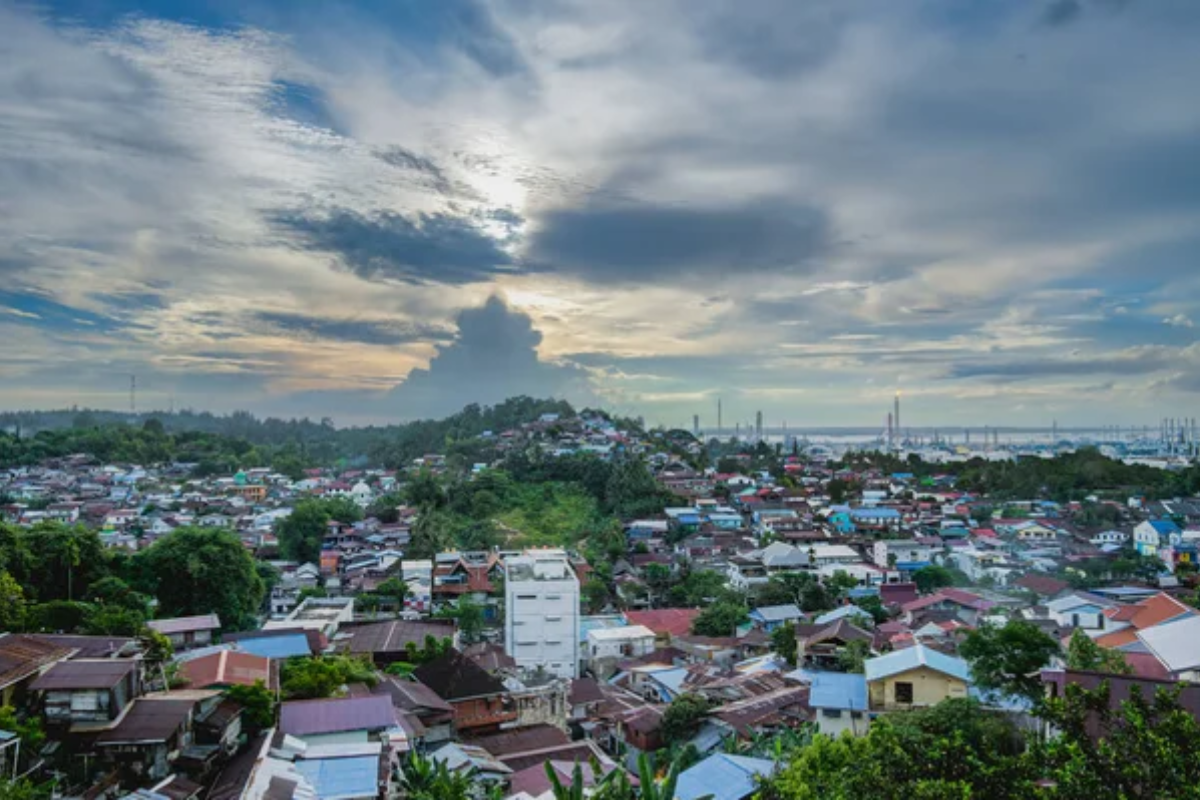
Borneo’s Indonesian territory contains primary rainforest where centuries-old trees create cathedral-like environments of filtered light and complex sound. Research stations and eco-lodges provide access to forest interiors where walking paths encourage slow movement and careful observation rather than distance covered.
Dawn chorus experiences—listening as the forest awakens through progressive layers of sound—offer natural meditation unlike anything possible in developed environments. These forests represent Indonesia’s contemplative heritage in physical form, where natural complexity rewards patient attention.
Like Travel Pug’s content? Follow us on MSN.
Sumatra’s Lake District
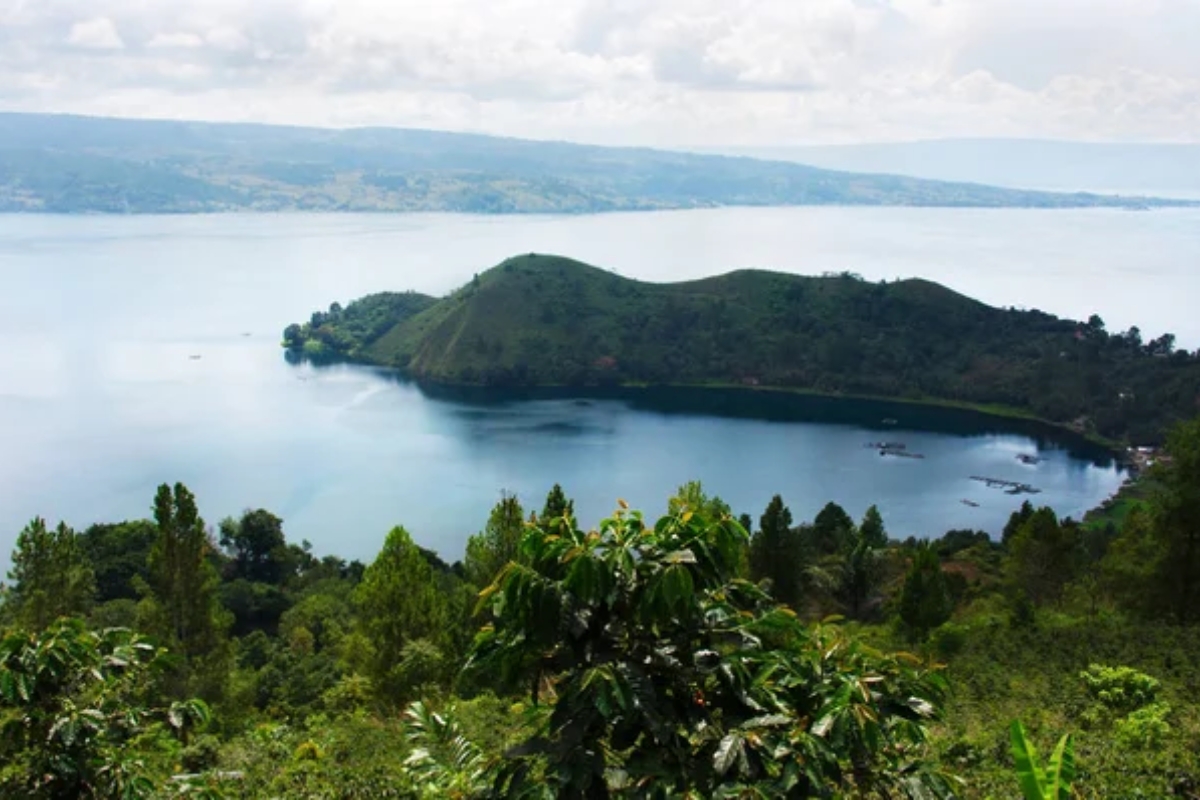
The highlands around Bukittinggi feature extinct volcanic craters filled with water, creating highland lakes surrounded by traditional villages. Minangkabau culture—known for its matrilineal social structure and distinctive architecture with upward-curved rooflines—shapes the cultural landscape around these waters.
Agricultural patterns reflect centuries of adaptation to volcanic soils and lake environments, creating productive landscapes that change seasonally. The combination of cooler temperatures and agricultural abundance creates conditions for extended stays where visitors adjust to local rhythms rather than imposed itineraries.
Malang’s Colonial Architecture
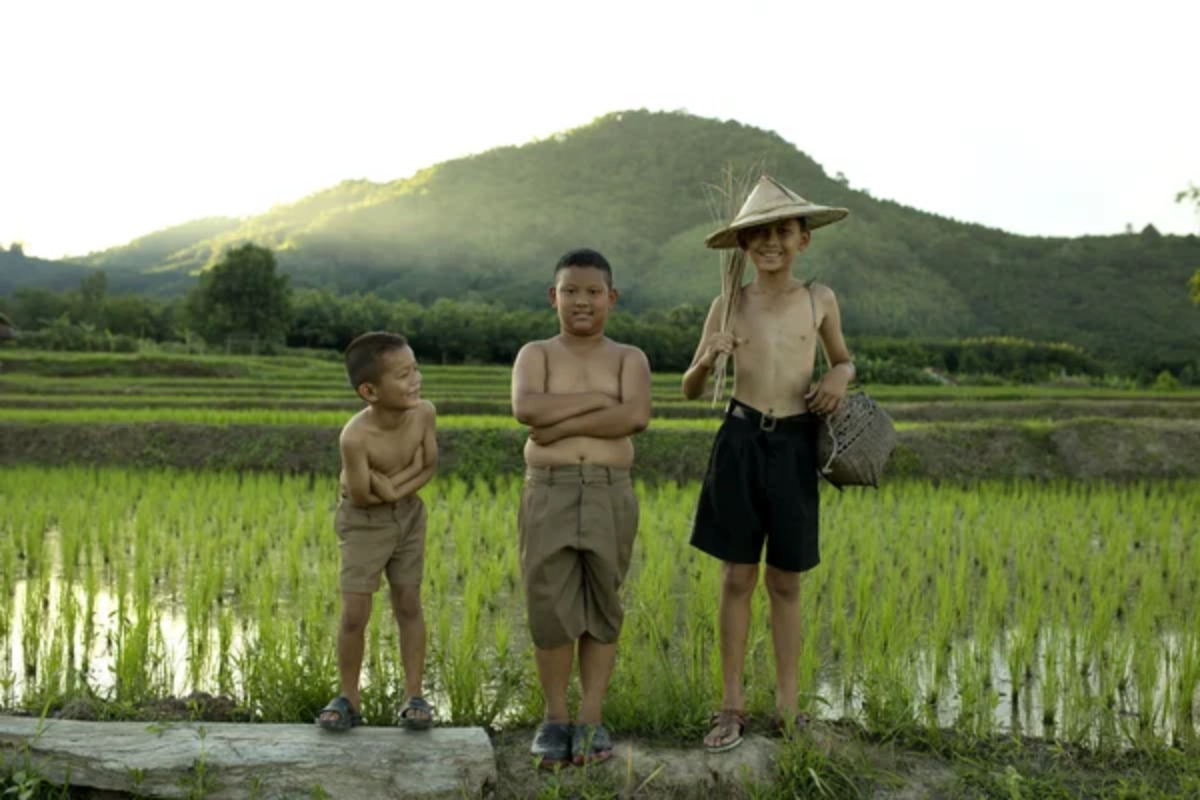
This highland city in East Java preserves Dutch colonial structures without the commercial development that transformed similar neighborhoods elsewhere in Indonesia. Tree-lined streets feature buildings where original architectural details remain intact, creating environments that encourage contemplative walking rather than destination-focused tourism.
The surrounding agricultural landscape produces apples and vegetables requiring cooler temperatures, creating a non-tropical Indonesia rarely featured in travel marketing. Morning markets showcase highland produce arranged by color and type, revealing agricultural diversity beyond rice and tropical fruits.
Wakatobi’s Traditional Sailing Culture
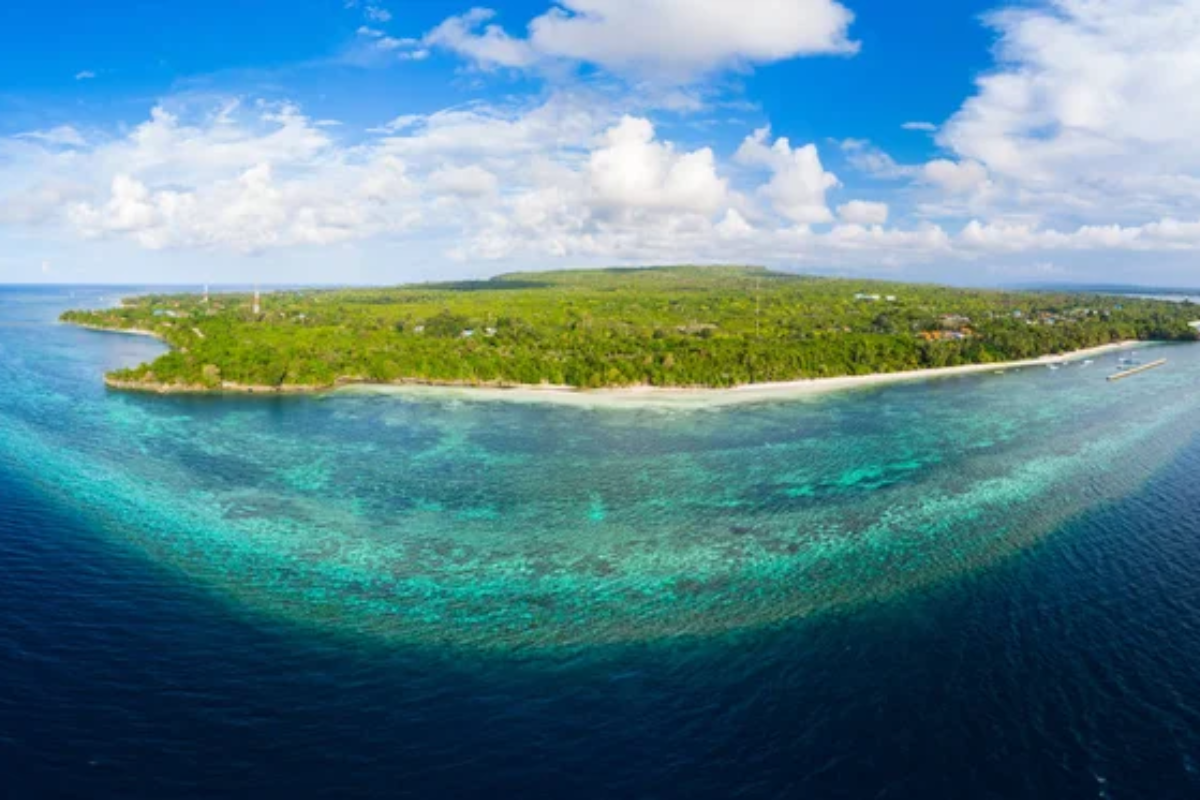
This marine national park in Southeast Sulawesi maintains connections to Indonesia’s maritime heritage through communities still practicing traditional sailing and fishing techniques. Unlike developed diving destinations, Wakatobi emphasizes community-based tourism, where visitors engage with working maritime culture rather than resort environments.
Traditional boats called perahu move between islands using knowledge of currents and winds passed through generations of seafarers. The absence of night lighting preserves dark skies where stars reflect on calm waters between islands, creating natural planetariums above and below.
Like Travel Pug’s content? Follow us on MSN.
Toraja’s Contemplative Culture

The highland region of South Sulawesi maintains funeral practices and ancestral traditions that create space for profound contemplation about life transitions. Traditional houses called tongkonan feature distinctive boat-shaped roofs that point symbolically toward ancestral homelands, creating architectural statements about continuity and belonging.
Funeral ceremonies may last days or weeks, depending on family resources, with elaborate rituals addressing practical and spiritual aspects of death. The cultural landscape encourages consideration of mortality and meaning through physical reminders—effigies of the deceased, animal sacrifices, and ceremonial structures—that contrast sharply with Western death avoidance.
Finding Inner Archipelagos
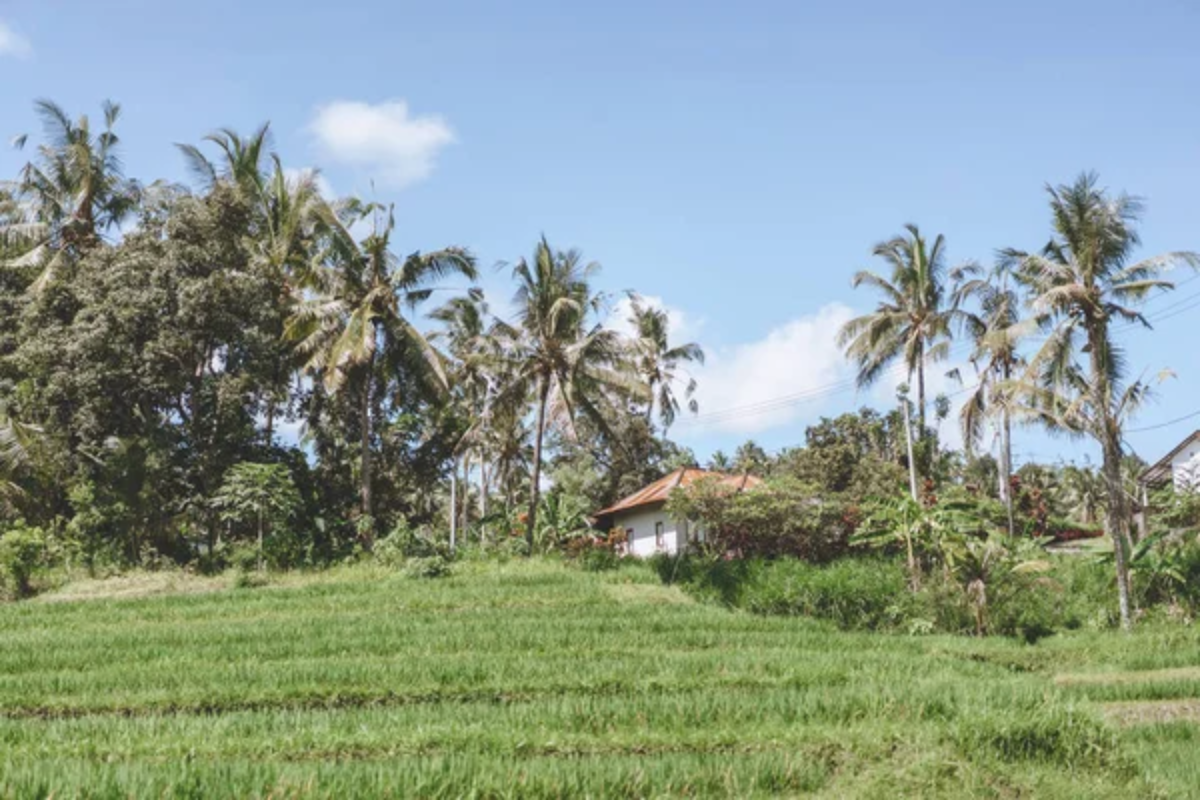
Finding Inner Archipelagos
Indonesia’s contemplative destinations reveal dimensions of the country overshadowed by more marketable activities like surfing and diving. These quieter places offer connection with traditional knowledge systems, natural processes and cultural continuity largely unchanged by global tourism trends.
The stillness found in these locations derives not from absence but presence—fully inhabiting moments where natural beauty, cultural depth, and personal awareness align without distraction. Perhaps Indonesia’s greatest gift to contemplative travelers involves demonstrating how stillness exists not in isolation from everyday life but within it, where ordinary activities performed with extraordinary attention become a meditation in motion.
More from Travel Pug

- 20 Towns Built for One Purpose That Were Later Abandoned
- 15 Hidden Spots in Disney World’s Magic Kingdom Most Visitors Miss
- 20 Once-Popular Beach Towns That Are Now Ghostly Empty
- 15 Canyons in the U.S. That Are Just as Stunning as the Grand Canyon
- 10 Under-the-Radar Mountain Towns That Are Both Affordable and Beautiful
Like Travel Pug’s content? Follow us on MSN.
